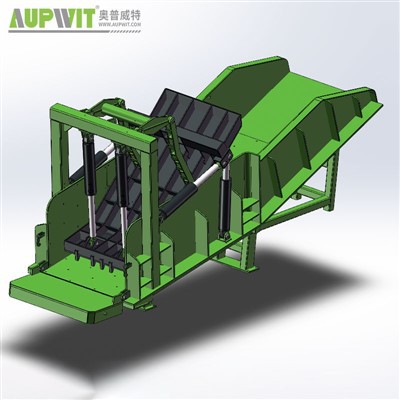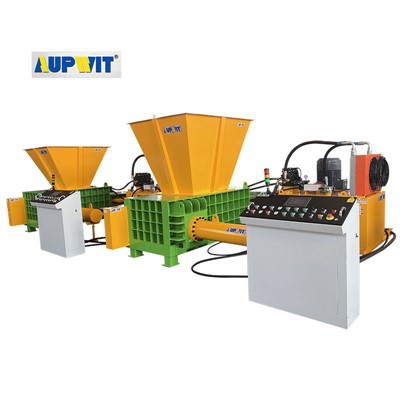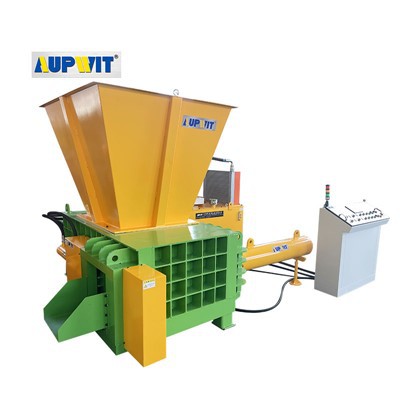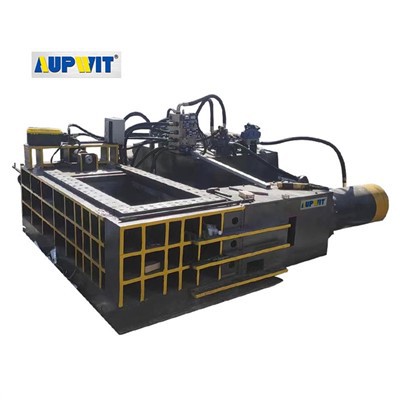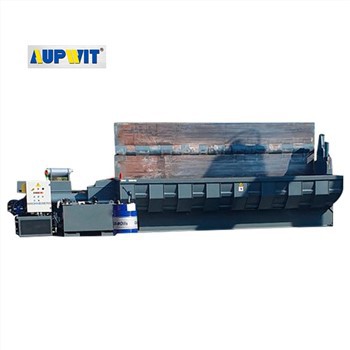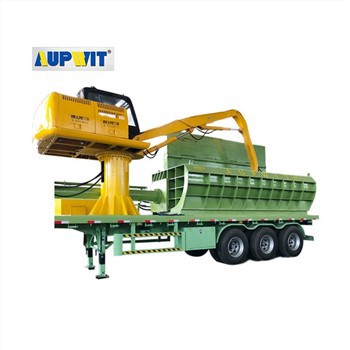Tire Baler Energy Efficiency Evaluation Guide
Comprehensive criteria to assess your baler's energy-saving performance
1. Energy Efficiency Parameters & Certification
- Check nameplate for power-to-capacity ratio
- Energy-saving models should consume ≤6kWh/ton (vs 8kWh/ton for traditional)
- Look for ISO 14001 or regional certifications (EU CE energy label)
- Verify at least 20% lower unit energy consumption than conventional models
Benchmark: A true energy-saving baler processing 10 tons/hour should have rated power ≤7.5kW with proper compression force.
2. Hydraulic System Technology
- Prefer variable piston pumps or servo hydraulic systems
- Systems should auto-adjust flow (30% energy savings vs fixed pumps)
- Models with hydraulic accumulators recover kinetic energy
- Verify standby power reduction features
| Feature | Standard System | Energy-Saving System |
|---|---|---|
| Pump Type | Fixed displacement | Variable displacement |
| Standby Consumption | 30-50% rated power | ≤10% rated power |
| Oil Temp Rise | 35-45°C | ≤30°C |
3. Operational Energy Consumption
- Measure kWh per ton in actual operation
- Monitor standby power (≤10% of rated power)
- Oil temperature rise should be ≤30°C during operation
- Suspect energy loss if oil temp exceeds 60°C quickly
4. System Response & Design
- Startup current spike should be ≤1.5× rated current
- Pressure decay after shutdown: ≤5% in 10 minutes
- Verify proper motor-pump matching
- Check for optimized power transmission components
Pro Tip: For accurate comparison, always test machines under identical conditions (same tire types, ambient temperature, and processing volume).
5. Industry Comparison & Reputation
- Review third-party energy test reports
- Survey user feedback on actual power consumption
- Request manufacturer's comparative data
- Verify consistent reports of lower consumption vs competitors


